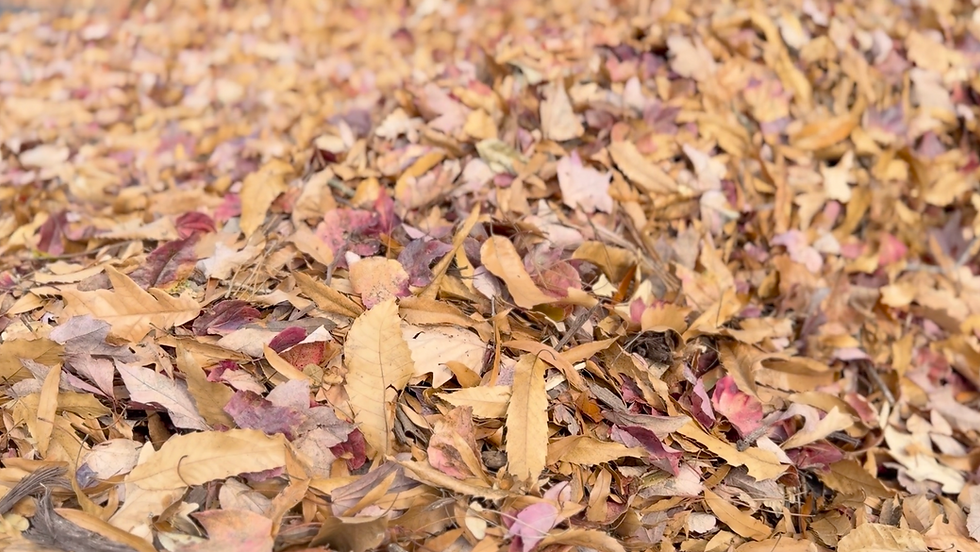SPRING DEAD SPOT
- GreenView Partners
- May 4, 2022
- 1 min read
Written by Paul Blessing - Turf & Horticulture Manager
Bermuda is coming out of dormancy and now we begin to see how the winter has effected the turf. Spring Dead Spot is the most common call that I get at this time of the year. Spring dead spot symptoms appear in circular patches from 6 inches to several feet in diameter that remain dormant as the turf greens up in the spring. Spring dead spot is most evident on intensely managed bermudagrass, such as Office Parks, Multi-family, HOA neighborhoods, athletic fields and golf courses.

The disease typically takes 3 to 5 years to become established in a new bermudagrass stand. Usually, these areas are a little lower and hold moisture longer causing the roots to decline. The fungus does not kill directly kill the bermuda plant, but by attacking the rhizomes, stolons, and roots, the bermudagrass plant is more susceptible to winter injury.

Sanding these areas in the spring will help water to flow away from these areas reducing the chance of seeing it every year. Warm season aeration is also very beneficial. In some cases, fungicide might be recommended in the fall.
If you would like more information on Turf Management, please reach out to your local GreenView Partners representative.






Comments